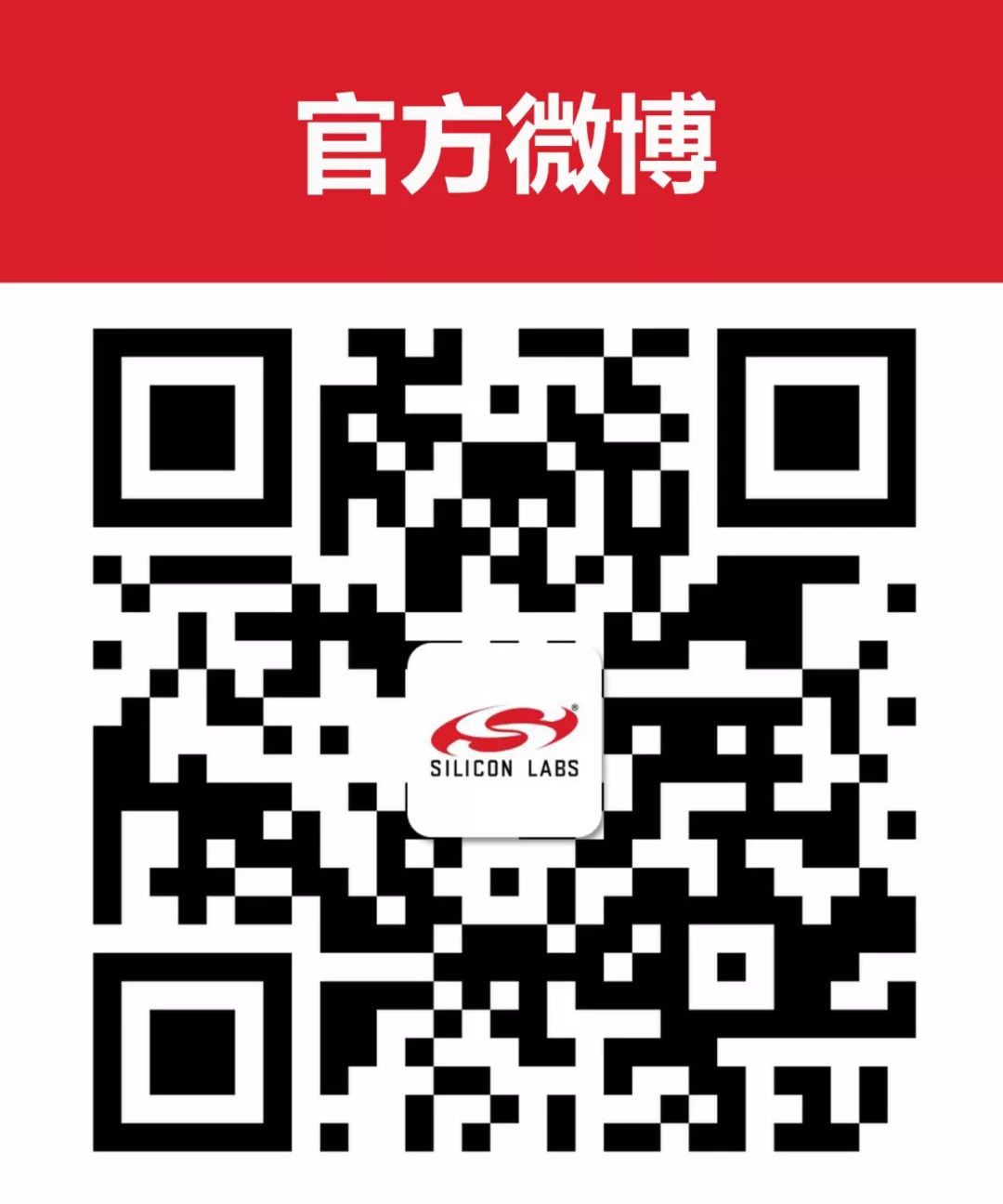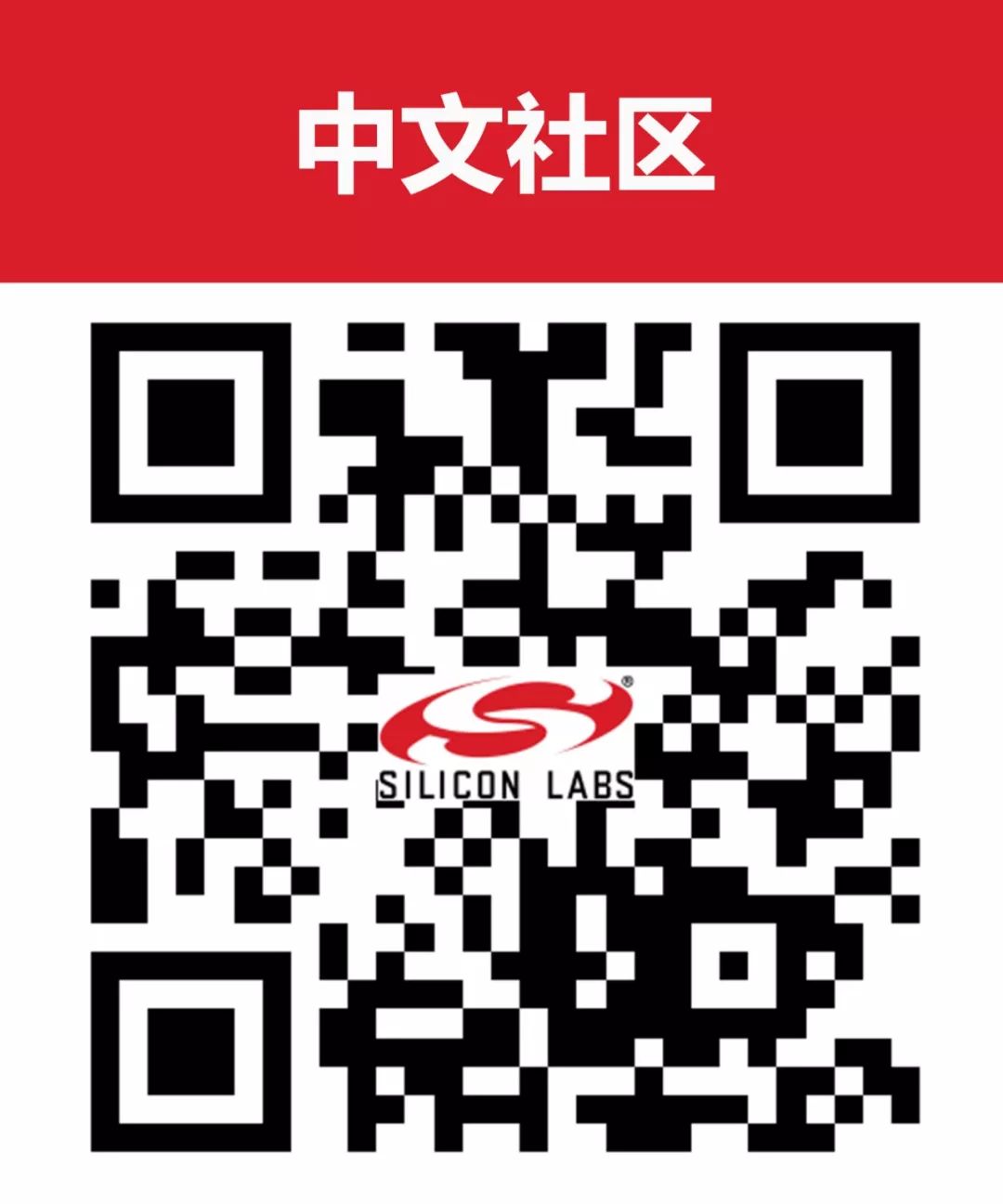
欢迎来到Silicon Labs(亦称“芯科科技”)制作的2021展望-芯科播客(Podcast)系列,与我们一同探索智能家居和消费应用市场的发展。本次播客由Silicon Labs高级产品经理David Meixner主讲,他专门负责Zigbee和Thread的相关工作,将以问答的形式来分享更多关于Matter解决方案的最新进展。Alright well why don't you just start off by explaining what Matter is, I saw in their announcement. This term "Universal Standard for Connected Things". So maybe you can explain to the audience what exactly that means.请先解释一下Matter是什么?在联盟声明中看到这个术语是“连接事物的通用标准”。所以也许你可以向观众解释这到底是什么意思。Sure, so Matter is trying to solve this problem where we see the IoT space and the Smart Home very fragmented. And it's very confusing for consumers and it's very hard for developers because right now, if a home owner wants to go to home depot and buy a smart light bulb. You have to worry about all these things like, what is Zigbee? What is Bluetooth LE? Will this work with HomeKit? Will this work with my Amazon Echo? Will this work with Google? There's no clear answers to that for most people, and so what Matter is trying to do is create a universal application layer that will talk to any of these ecosystems.当然,Matter是在试图解决这个问题,我们看到物联网空间和智能家居非常分散。这对消费者来说非常混乱,对开发商来说也非常困难,因为现在,如果一个房主想去Home Depot家得宝买一个智能灯泡。你必须担心所有这些事情,比如,Zigbee是什么?什么是Bluetooth LE?这对HomeKit有用吗?这对我的亚马逊Echo有用吗?这对谷歌有用吗?对于大多数人来说,这个问题没有明确的答案,所以Matter要做的是创建一个通用的应用程序层,该层将与用户进行通信。So the consumer doesn't need to worry about "Will this work with product X", They just need to know this is a Matter device I can run Matter devices in my house. So it simplifies that for the consumer, and then it also makes it easier for the developer, because on the same side.消费者不必担心上述生态系统中的任何一个是否能与产品X一起工作,他们只需要知道这是一个Matter设备,可以在家里运行Matter设备。所以它简化了消费者的工作,也简化了开发者的工作。They were having to develop different skews depending which ecosystem. So a HomeKit light bulb might be a different skew then an Alexa light bulb or something. So Matters really trying to solve that problem of having this fragmentation and make iteasier for everyone.各个生态系统往往会有不同的发展倾向,例如HomeKit灯泡与Alexa灯泡的不同考量,所以,解决这种碎片化的问题,让每个人都更容易,才是真正重要的。And so Matter is really the application layer that's designed to run on top of anyany IP protocol right so Matter sits above the TCP/UDP layer. And initially it will have support for Wi-Fi and Thread, as the first two IP protocols. But in the future, it could expand to any other IP protocol that they want to bring in.Matter实际上是一个应用层,它被设计为运行在任何IP协议之上,所以Matter位于TCP/UDP层之上。最初它将支持Wi-Fi和Thread,作为前两个IP协议。但在未来,它可以扩展到他们想引入的任何其他IP协议。Allright, you mentioned, though it's sitting on top of those IP networks and you mentioned Thread and Wi-Fi. You mentioned a little bit about Bluetooth. How do they work inside of Matter when it's deployed? What is Matter doing with those IP networks in the application layer?虽然它位于那些IP网络之上,你提到了Thread, Wi-Fi以及蓝牙。当Matter被部署时,它们是如何在Matter内部工作的?应用层的IP网络有什么问题?Yeah so Matter is using those IP network layers to transport the messages. So the nice thing about IP is that Cloud developers know how to work with it. Mobile APP developers know how to work with it. And so you can really have end-to-end connectivity. So if you're a cloud developer, and you want to talk to a Matter device all you need to know is that Matter device's IP address. Right. You don't need to know if it's a Zigbee or if it's a Thread or Wi-Fi device. You just know that it's an IP device.Matter是使用这些IP网络层来传输信息,IP的好处是云开发者知道如何使用它。移动应用程序开发人员知道如何使用它。所以你可以真正实现端到端的连接。如果云开发者想和Matter设备交谈,需要知道的就是Matter设备的IP地址。对。你不需要知道它是Zigbee还是Thread或Wi-Fi设备。你只知道这是一个IP设备。So in the case of Wi-Fi, right, everyone know show Wi-Fi moves around their home, and you can talk to any device using the Wi-Fi router you have in your House. Somebody with Thread. Any Thread devices can talk to each other over IP on that Thread network if the Thread device needs to get a message to a different network over to your Wi-Fi network or out through the ethernet. there's something called a Border Router. And that Border Router is going to take those Matter messages that were running on Thread. And then convert them to like a Wi-Fi or even a packet to route them to wherever else they need to go so. These IP networking layers are really just transporting these Matter messages, wherever they need to go from the cloud to the device orthe phone.在Wi-Fi的情况下,每个人都知道Wi-Fi是如何在家中移动的,你可以使用你家里的Wi-Fi路由器与任何设备通话。如果Thread设备需要通过Wi-Fi网络或以太网将消息发送到不同的网络,则任何Thread设备都可以通过该网络上的边界路由器IP相互通信。有边界路由器将接收Thread上运行的消息,然后把它们转换成Wi-Fi,甚至是一个数据包,把它们路由到任何他们需要去的地方。这些IP网络层实际上只是在传输这些Matter信息,无论它们需要从云端传输到设备或手机的任何地方。Okay, but it will use Bluetooth out of the box for commission right? It'll be usedfor the ease of use. Using your mobile phone, or your mobile device, for commissioning or adding the devices to those IP networks.但它将使用蓝牙开箱即用调试,对吗?为了方便使用,我们将使用它。使用您的移动电话或移动设备调试并添加到这些IP网络。So yeah in order to have a secure communication. You need some sort of secure channel to add these devices to your network and security is very important for Matter. And so, yes, when these devices first boot up they start in this Bluetooth mode that they connect directly with your phone. And then your phone can exchange the secure networking credentials to that device to help them get on to the Thread or Wi-Fi network that they need to give them.没错!为了有一个安全的通信。你需要某种安全的渠道将这些设备添加到你的网络中,而安全性对你来说是非常重要的。是的,当这些设备第一次启动时,它们会以蓝牙模式启动,直接与你的手机连接。然后你的手机就可以把安全的网络凭证交换到那个设备上,帮助他们进入需要的Thread或Wi-Fi网络。That's great as far as understand what Matter is, I was looking into some of the applications, I saw a lot of information, targeting the Smart Home. It had your traditional lighting, HVAC, Security systems, I even saw TV. I guess that's a new edition with Matter. But what about some future expansion. Are they looking into industrial applications?Q:这很好的帮助了理解Matter的意义,近期看到很多应用程序的目标是智能家庭。它有传统照明,暖通空调,安全系统,我甚至看到电视。我想这是一个新版本Matter。但是未来的扩展呢。他们在研究工业应用吗?They are. Yeah absolutely. There's actually an industrial and Commercial working group within Matter. That is kind of thinking about those. But yeah Initially Matter is targeting Smart Home applications like you mentioned. Like lighting and HVAC and sensors. But a lot of these applications are also found in commercial building. Commercial building, obviously, needs lighting. It obviously has an HVAC system and the primary difference for the commercial space is how you commission these devices. So in the home, a consumer can add one-at-a-time. Pair each light bulb to the network.是的。当然!事实上,Matter里面有一个工业与商业工作组。但问题是,最初的目标是你提到的智能家居应用。比如照明,暖通空调和传感器。但是在商业建筑中也有很多这样的应用。显然商业建筑也需要照明、暖通空调系统,商业空间的主要区别在于如何调试这些设备,不同于在家里,消费者可以一次添加一种设备,并将每个灯泡与网络配对。Maybe, you'll be installing 20 light bulbs or something if they are a power user. But in a commercial building there are hundreds, or thousands, of lights across rooms and floors. And so the commissioning process is a little different. And that's really what Matter won't have in the beginning. Is how do you condition these large networks. And so that's something that will come later, but the device types themselves that are being defined now. that'll definitely be reusable by those commercial customers when they start to launch their Matter products.如果你是超级用户的话,你可能会安装20个灯泡。但是在商业建筑中,房间和楼层之间有成百上千的灯。所以调试过程有点不同。而这正是家用与商用最大的差异。如何调节这些大型网络,这是稍后将要介绍的内容,但是设备类型本身正在定义中。当那些商业客户开始推出他们的产品时,他们肯定会重用它。How will the application layer software be developed and distributed? Once they're interested in looking into using it in their design, Where do they go to get that software? Is it going to be open source similar to OpenThread or Amazon's free RTOS? How are they going to share and develop that source code with customers?如何开发和分发应用层软件?一旦他们有兴趣在设计中使用它,应该去哪里获得软件?它将是类似OpenThread或Amazon的freeRTOS的开源软件吗?他们将如何与客户共享和开发源代码?Yeah so it's definitely open source and it's actually under development right now. In a public forum, so you can go to Github. It's under the project CHIP name on Github. So that was the old code name for Matter. So the code will still be developed under that, but yeah it was very important for this group that everything be done very transparently out in the open. With community support. So if you want, you can go look at what's available today on the Github and just start running some example applications.是的,它肯定是开源的,而且现在正在开发中。用户可以去一个公共论坛Github获得相关资源。它在Github上的Project CHIP栏位中,这是Matter旧的代号。所以代码仍将在此基础上开发。但是,对这个群体来说,一切都要公开透明,这是非常重要的,特别是社区支持。用户可以查看Github上现在提供的功能,然后开始运行一些示例应用程序。And I think the important thing to understand, though, is. This is definitely different than other software releases we've done where it's being developed out in the open. Things are still being developed and things are still moving very fast. And it does break a lot but, it's progressing well and we're trying to get a lot done quickly.不过,我认为最重要的是这绝对不同于我们所做的其他公开开发的软件版本。项目还在发展中,进展也很快。它确实会需要许多改进,但是进展顺利,我们正在努力且加速完成很多工作。We know that testing and certification is a huge step. So people get that OpenSource software. They start developing their products. But the final few stages are testing and certification. This is planned for the second half of 2021. How has Silicon Labs been involved in that process, and how are they helping customers with that test and certification?尽管如此,我们知道测试和认证是一个重要的步骤。人们得到了开源软件,开始开发产品。但最后几个阶段是测试和认证,这是计划在2021年下半年。Silicon Labs是如何参与这一过程的,并如何帮助客户进行测试和认证?That's right. The certification program is planned to open up at the end of this year. Which is the point when device manufacturers could go and certify their devices and then launch. Matter certified devices into the market. So what's happening between now and then, is that there's a series of test events. And these test events are designed to do a couple things. One, is to develop that certification program. So they're doing it in stages and then to make sure that these tests work across different vendors and different device manufacturers. So right now they're basically having monthly test events and Silicon Labs is participating in that.没错。该认证计划于今年年底开放,代表设备制造商可以去认证他们的设备然后发布,使Matter认证设备进入市场。所以从现在开始将陆续有一系列的测试。这些测试活动是为了一些应用而设计的。一是制定认证计划,分阶段进行测试,然后确保这些测试在不同的供应商和不同的设备制造商之间工作。现在他们基本上每月都有测试活动,SiliconLabs也参与其中。And they're testing kind of the features as they're being developed and then it's also ensuring that our devices and other manufacturers devices all interoperate together. And then the companies participating in these test events will be the first to be able to launch certified devices at the end of the year.他们正在测试开发中的功能,同时也在确保我们的设备和其他制造商的设备能够协同工作。那么,参加这些测试活动的公司将是第一个能够在今年年底推出认证设备的公司。And because of all the work that Silicon Labs is doing to support that will definitely be very familiar and intimate with the test process. what the tests are. And how you get a device ready that was built on top of EFR in a certifiable state. That's something we'll be able to quickly help our customers do once that certification program does open at the end of the year.由于Silicon Labs为支持这项技术做了很多工作,我们对测试过程非常熟悉。一旦认证计划在年底开放,如何为建立在EFR32系列无线解决方案之上的Matter设备进行测试,这是我们能够迅速帮助客户做的事情。Okay, and another thing on my prior podcast with Bob Power, he was talking about somethings that Silicon Labs has done to contribute to open source, and one of them being Matter, he talked about something called the ZAP tool. Can you explain to our listeners. What does ZAP provide engineers who are looking to develop with Matter?在我之前和Bob Power的播客中,他谈到了Silicon Labs为开源所做的一些事情,其中之一就是Matter,他谈到了一个叫做ZAP工具的东西。你能给我们的听众解释一下吗。ZAP为那些希望开发Matter的工程师提供了什么?Yes, ZAP stands for Zigbee Advanced Platform tool. That makes it easy to configure your application for the device type that you want to build. So for listeners, who are familiar with Application Builder in Zigbee.是的,ZAP代表Zigbee高级平台工具,对于熟悉Zigbee中Application Builder的听众来说,可以很容易地为要构建的设备类型配置应用程序。That was something we had in Simplicity Studio. It was a nice graphical tool, where you go in and say I'm building a light bulb or I'm building a door lock. And it would create a lot of the configuration files automatically for you around that so you didn't have to go and figure out all the bits that are needed for those device types. The ZAP tool is doing the same thing. But now it's no longer tied to Studio. We've ported it as an open source tool. It can be used by Matter, makes it easy for developers to configure their device. How do I get the basic building blocks in place? That's already done for them and then they can go and quickly add the value that they want to provide on top of that.我们的Simplicity Studio是一个很好的图形工具,在建立灯泡或者门锁项目时,它会自动为您创建很多配置文件,这样用户就不必去找出这些设备类型所需的所有文件。ZAP工具也在做同样的事情,但现在它不再和Simplicity Studio捆绑在一起了,我们已经将它移植为一个开源工具。这样一来,它可以被Matter使用,让开发者很容易配置他们的设备,包括如何把基本的设计架构,这已经为开发者做了,然后他们可以聚焦于增加他们想要提供的价值之上。That's great. I've used the Simplicity Studio App Builder. I know that was a huge way for customers to quickly get, as you mentioned in earlier comments, their product can be certified and tested and validated. So now, with the ZAP tool, I'm assuming that's going to take a lot of those interconnections and all the software that's required to meet the test suite. And then, as you mentioned, they can just focus on their small part of the Matter design.太好了!我使用过Simplicity Studio应用程序生成器,知道这对用户是巨大的帮助。正如你在前面提到的,Matter产品需要获得认证,测试和验证。现在,有了ZAP工具,我假设这将需要大量的互连来满足测试套件所需的所有软件。然后,正如你提到的,他们可以只需专注于他们的小部分设计。That's right, and one thing I'll add there is, I think, by us contributing this tool, the Matter community and help move this technology forward. I think it really shows Silicon Labs leadership in this space. And our dedication to wanting to make sure that Matter is successful. But also that we are seen as a lead developer in this project.没错,我要补充的一点是,通过Silicon Labs贡献这个工具,将有助于Matter社区推进这项技术。我认为这确实显示了Silicon Labs在这一领域的领导地位。我们致力于确保标准发展成功,同时我们也被视为这个项目的主要开发者。欲获得更多关于Silicon Labs的Matter解决方案信息,请访问:https://cn.silabs.com/wireless/matter扫描以下二维码,关注Silicon Labs社交媒体平台




